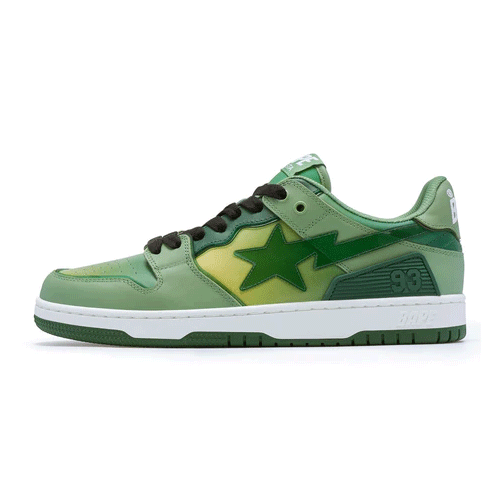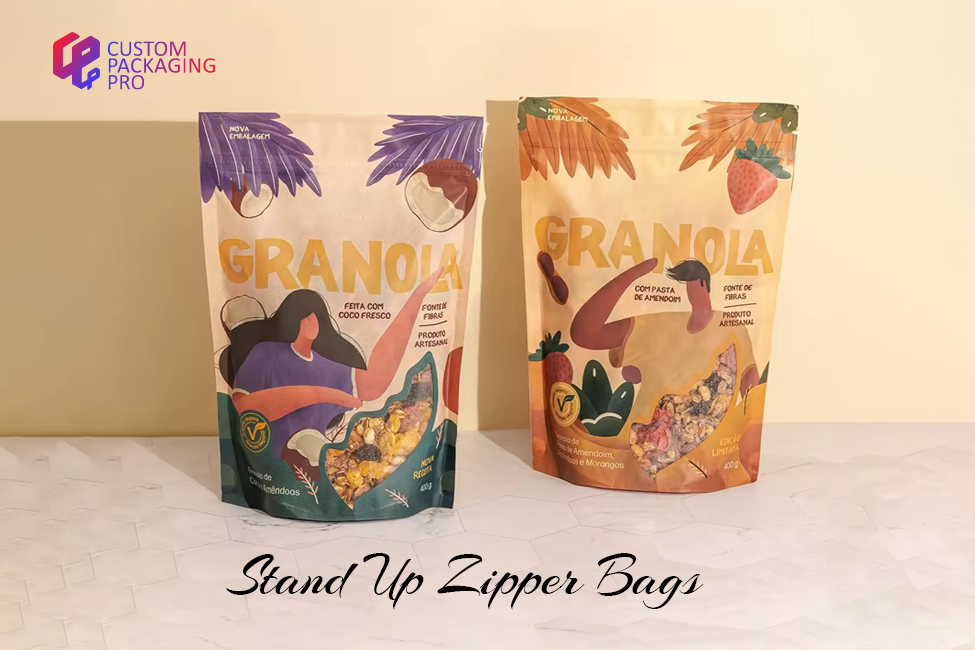The world of streetwear has always thrived on rebellion, identity, and bold design. Among the many iconic silhouettes that have dominated sneaker culture, few stand out like the Bapesta. Created by Japanese fashion giant A Bathing Ape (BAPE), the Bapesta is more than just a sneaker — it’s a cultural symbol that has bridged the worlds of fashion, hip-hop, and global street style.
In this article, we take a closer look at the story behind Bapesta, why it continues to dominate conversations in the sneaker community, and how it’s evolving in today’s fashion-forward world.
The Origins of Bapesta: A Star-Studded Beginning
The Bapesta made its debut in the early 2000s, conceived by Nigo, the founder of A Bathing Ape. Inspired by the Nike Air Force 1, the Bapesta closely mimicked its shape and paneling but with one critical twist — instead of the iconic Swoosh, it featured a bold shooting star logo, known as the “STA.”
Nigo wasn’t just copying a classic; he was paying homage while injecting his own streetwear DNA into the design. At the time, the sneaker world hadn’t seen anything quite like it. With flashy patent leather colorways, cartoonish exaggerations, and collaborations that screamed exclusivity, Bapestas quickly gained traction among tastemakers and celebrities alike.
Bapesta in Hip-Hop and Pop Culture
No sneaker cements its place in history without cultural co-signs. The Bapesta’s popularity skyrocketed thanks to early adopters in the hip-hop community. Pharrell Williams, Kanye West, Lil Wayne, and Soulja Boy were often seen rocking them, cementing the shoe’s relevance in the music world.
When Kanye collaborated with BAPE to release a special-edition Bapesta featuring his iconic “Dropout Bear,” it marked one of the earliest rapper-sneaker collabs that blurred the lines between fashion and music. For many, it was a statement that sneakers were no longer just for sport — they were wearable art.
Design Philosophy: Loud, Luxurious, and Limitless
What made Bapesta stand out was its commitment to excess. In contrast to more understated sneaker designs of the time, Bapesta embraced vibrant colors, glossy patent leather, and often unconventional graphics. It challenged the minimalist sneaker movement with flair and personality.
Even the packaging echoed luxury. Bapestas often came in shoeboxes designed like camouflage shoeboxes, metallic crates, or collectible tins — a nod to the high-end experience Nigo aimed to deliver.
A Bathing Ape was one of the first brands to successfully merge Japanese fashion precision with American streetwear boldness. Bapesta exemplified this vision.
Controversy and Legal Challenges
With great popularity often comes scrutiny. The striking resemblance between the Bapesta and the Nike Air Force 1 did not go unnoticed. Many critics and sneakerheads debated whether the design was a tribute or outright imitation.
Though Nike did not take immediate legal action, BAPE eventually made adjustments over the years to evolve the silhouette. Recent models, especially after BAPE’s global expansion, feature more original paneling and proportions, helping to set Bapesta apart on its own terms.
In hindsight, the controversy only added to the sneaker’s mystique. It became a cult classic — a rebellious cousin to the Air Force 1, with a flashier, riskier attitude.
Bapesta Collaborations: Limited Runs, Unlimited Hype
Much of Bapesta’s appeal lies in its collaborations. Limited releases and co-branded colorways have become part of its DNA. BAPE has partnered with everything from global brands to niche designers, including Marvel, Coca-Cola, Undefeated, Comme des Garçons, and even SpongeBob SquarePants.
These collaborations often sell out within minutes, generating waves of social media buzz and resell markups that rival luxury designer footwear. Each new drop is an event, with fans worldwide refreshing pages and queuing up outside stores to secure a pair.
Collabs also allow Bapesta to reinvent itself constantly — staying fresh and relevant while maintaining its original spirit.
The Modern Bapesta: Evolving for a New Generation
Today, the Bapesta is enjoying a renaissance. With the Y2K aesthetic returning to mainstream fashion, younger sneakerheads are rediscovering what made the Bapesta so iconic. New designs incorporate modern materials, updated comfort features, and silhouettes that reflect today’s styling preferences.
In addition, the brand has expanded its reach globally with flagship stores in fashion capitals around the world. This expansion brings the Bapesta to a broader audience while still preserving its roots in Japanese street culture.
While some versions now offer a more muted color palette for minimalist tastes, the heart of the Bapesta — flashy, unapologetic self-expression — remains unchanged.
How to Style the Bapesta
Styling Bapestas is all about balance. The sneakers themselves are loud and eye-catching, so they often pair best with toned-down fits that let them take center stage. Think neutral cargos, straight-leg denim, oversized hoodies, or vintage tees.
For those who like to match the energy, you can lean into full BAPE outfits, camo sets, or streetwear-heavy looks. Either way, wearing Bapestas isn’t just about comfort — it’s about making a statement.
Fashion influencers and stylists frequently use Bapestas to add a pop of color to monochrome fits or to introduce nostalgic Y2K vibes into a modern wardrobe. They’re perfect for turning heads and showing off sneaker knowledge.
Where Bapesta Stands in Sneaker History
Bapesta holds a special place in sneaker lore. It challenged conventions, redefined collaborations, and gave rise to a new genre of sneakers that blend fashion, music, and culture. While it may have started as a controversial take on an existing silhouette, it evolved into a cultural artifact — one that represents innovation, audacity, and creativity.
Sneaker collectors often view the Bapesta as a time capsule of early 2000s fashion, a must-have for anyone serious about their rotation. And with BAPE continuing to evolve the line, its future seems just as bold as its past.
Final Thoughts: Why the Bapesta Still Matters
In a world where sneaker drops happen every week and trends move faster than ever, the Bapesta remains a standout. It’s not just a shoe — it’s a legacy wrapped in patent leather and wild colorways.
The Bapesta’s journey from Tokyo streets to global runways is a reminder that originality, when mixed with cultural relevance, never goes out of style. Whether you’re a longtime fan or new to the game, owning a pair of Bapestas is more than just a flex — it’s a celebration of streetwear history.



